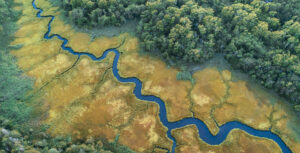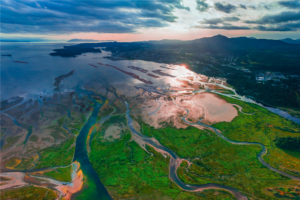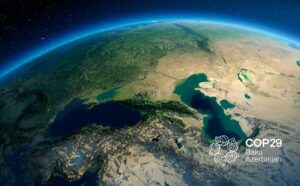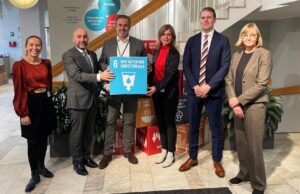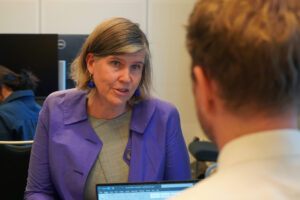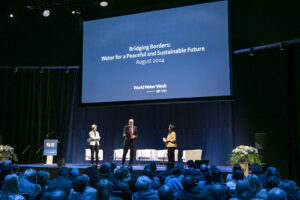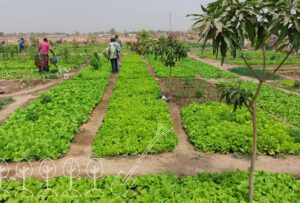Across the Nile and around the table: Women with a shared dream
So how did we get here?
 Today, in 2050, Wasike’s words hold true more than ever. In Kenya alone, the last 30 years have seen an increase of women working in the water sector. Investments in healthcare and education facilities in remote areas where water engineering projects are set up have enabled this. It has not only benefited communities living around water projects, but women employees who have relocated to project sites. They are assured of a secure future for their children and family.
Today, in 2050, Wasike’s words hold true more than ever. In Kenya alone, the last 30 years have seen an increase of women working in the water sector. Investments in healthcare and education facilities in remote areas where water engineering projects are set up have enabled this. It has not only benefited communities living around water projects, but women employees who have relocated to project sites. They are assured of a secure future for their children and family.
Women have become top-ranking officials in the Ministry of Water. The Women in Water Diplomacy Network has influenced policies and legal frameworks to increase gender equality in water decision-making. Not only have women stepped into men’s shoes, but they are also changing how stories are told and who gets to tell them. They rethink power and carve new ways to address challenges lived by communities. As more women water leaders have stepped in, younger women have received support through early stages of their career, creating a cycle of change.
Water brought them together
The Network has expanded beyond the Nile, to include women across regions of the African continent, Central Asia-Afghanistan, the Americas, Asia, Europe, and elsewhere.
Cooperation between diverse genders in the transboundary water space in the Nile alone, has solved some of the greatest challenges of our times.
In 2050, the women of the Network recognise each other as part of something bigger than the flags of the countries they bear, while sitting across from one another at the negotiation table. Wasike’s dream has come true. While sitting around the table, the women are relaxed, peaceful and determined. 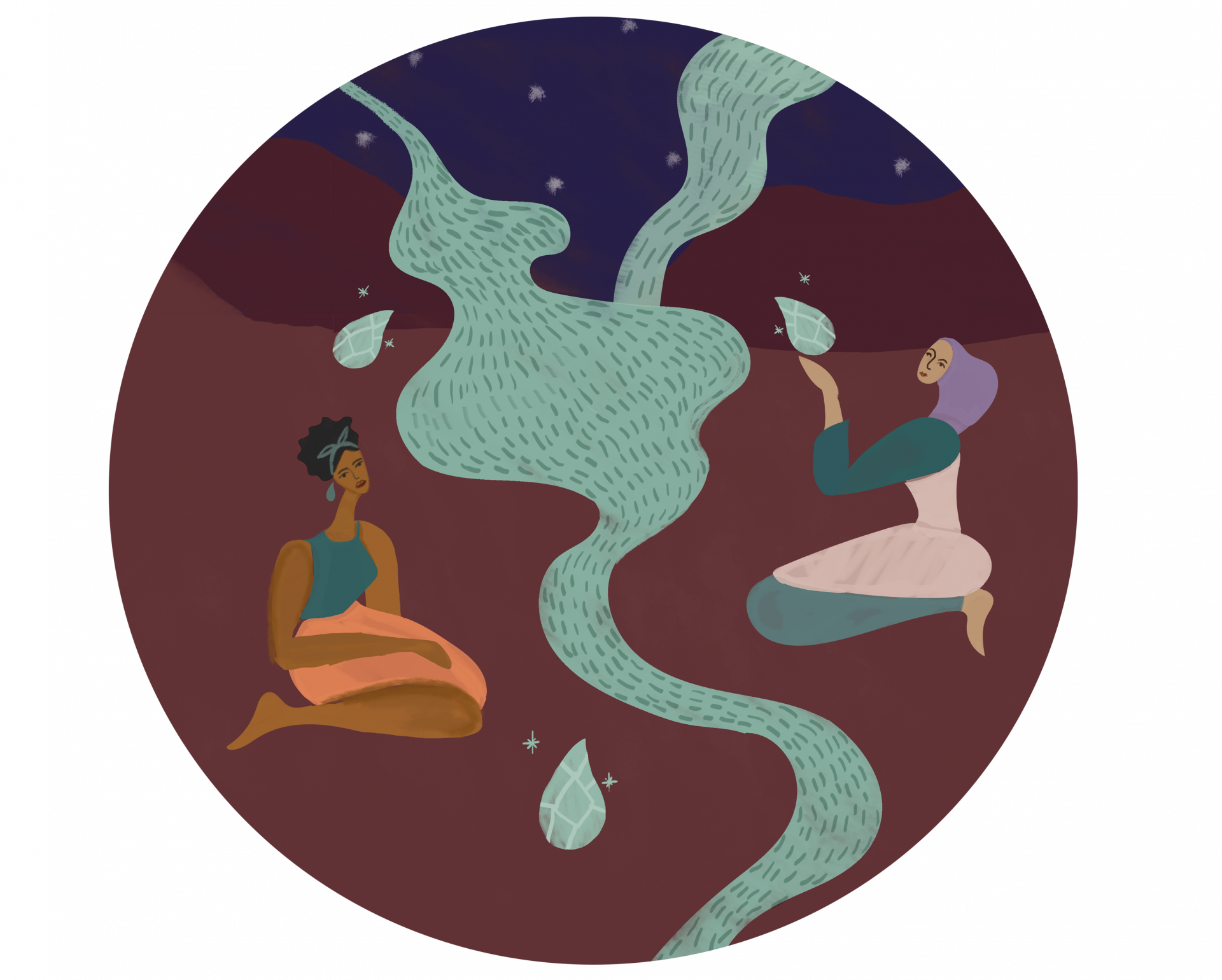 As though they are sitting across from one other along the Nile River, and the negotiation is a far greater exchange than that of words. Turning every drop of water into diamonds. Their conversations flow with ease and power, transforming into a shared dream. Water brought them together and now they uplift the rest of society along with them.
As though they are sitting across from one other along the Nile River, and the negotiation is a far greater exchange than that of words. Turning every drop of water into diamonds. Their conversations flow with ease and power, transforming into a shared dream. Water brought them together and now they uplift the rest of society along with them.
Explore the entire series
‘Visions of water – seeing the unseen’ is a series of illustrated stories that imagines our world in 2050. The previous story, Whispers from a Jordanian watershed, celebrates the power of water to collate peace.
Read all stories

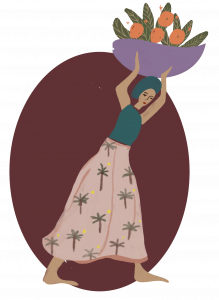 It is 2050. Have you ever wondered why our rivers, ecosystems, and societies look the way they do? The world looks different today than it did before women had more influence over how water is managed. For too long, a masculine vision of water management had focused solutions on mega-infrastructure to control our rivers. Back in
It is 2050. Have you ever wondered why our rivers, ecosystems, and societies look the way they do? The world looks different today than it did before women had more influence over how water is managed. For too long, a masculine vision of water management had focused solutions on mega-infrastructure to control our rivers. Back in 